6 Best children’s books for teaching character traits
In this guide
- How can books help children learn admirable character traits?
- 1) Determination: The Way Champs Play by Naomi Osaka
- 2) Empathy: Milo Imagines the World by Matt De La Peña
- 3) Courage: Cape by Kevin Johnson
- 4) Confidence: The Proudest Blue by Ibtihaj Muhammad
- 5) Imagination: The Year We Learned to Fly by Jacqueline Woodson
- 6) Bravery: Jabari Jumps by Gaia Cornwall
- Why should we use children’s books in our classrooms?
How can books help children learn admirable character traits?
In a world where screens and media dominate children’s attention, books remain a place of curiosity and joy for young people. Through stories, young people learn how to empathize and become more admirable people.
In her famous 1990 article entitled “Mirrors, Windows, and Sliding Glass Doors,” Rudine Sims Bishop wrote:
Books are sometimes windows, offering views of worlds that may be real or imagined, familiar or strange. These windows are also sliding glass doors, and readers have only to walk through in imagination to become part of whatever world has been created and recreated by the author. When lighting conditions are just right, however, a window can also be a mirror. Literature transforms human experience and reflects it back to us, and in that reflection we can see our own lives and experiences as part of the larger human experience. Reading, then, becomes a means of self-affirmation, and readers often seek their mirrors in books.
Rudine Sims Bishop
These books not only allow children to learn the character traits themselves, but also practice identifying character traits and how they change throughout a story. As students grow as readers, they should be able to identify character traits and how these traits impact the actions of the character.
Literature transforms us and helps us grow. In this blog post, I will share books that have helped my students learn more about admirable character traits.
My 5th graders love learning from picture books and using picture books as mentor texts for their writing. Each day, I connect a new picture book to what standards we are covering in reading instruction, a social-emotional lesson featuring a character trait, or showcasing how a skilled writer uses a writing technique during a writing mini-lesson.
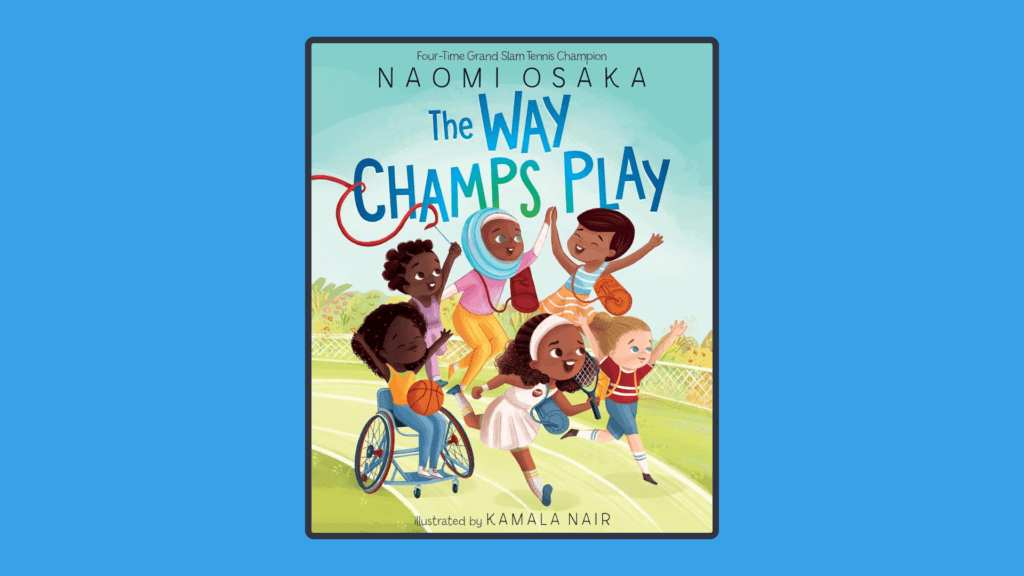
1) Determination: The Way Champs Play by Naomi Osaka
This book, written by tennis champion Naomi Osaka, follows kids showing perseverance and determination in a variety of sports. The kids in the story are all preparing for the sport they play by working hard and practicing. It’s fun rhyming sequence is a perfect book for kids of all ages learning about how to have determination in sports.
We practice with an extra lap, a few more shots, a better snap. Sometimes we’re first, sometimes we’re third. But we always cheer and use kind words.
The Way Champs Play
Understanding that excellence comes from determination and perseverance can be tied to a social-emotional learning conversation and lesson and a lesson in character traits. Asking students how the kids in the story were able to become successful at their sport would lead to a conversation about determination, perseverance, and hard work.
The Way Champs Play ends with a beautiful acrostic poem about ‘Champions.’ Each letter of the poem represents a skill or character trait of a successful athlete.
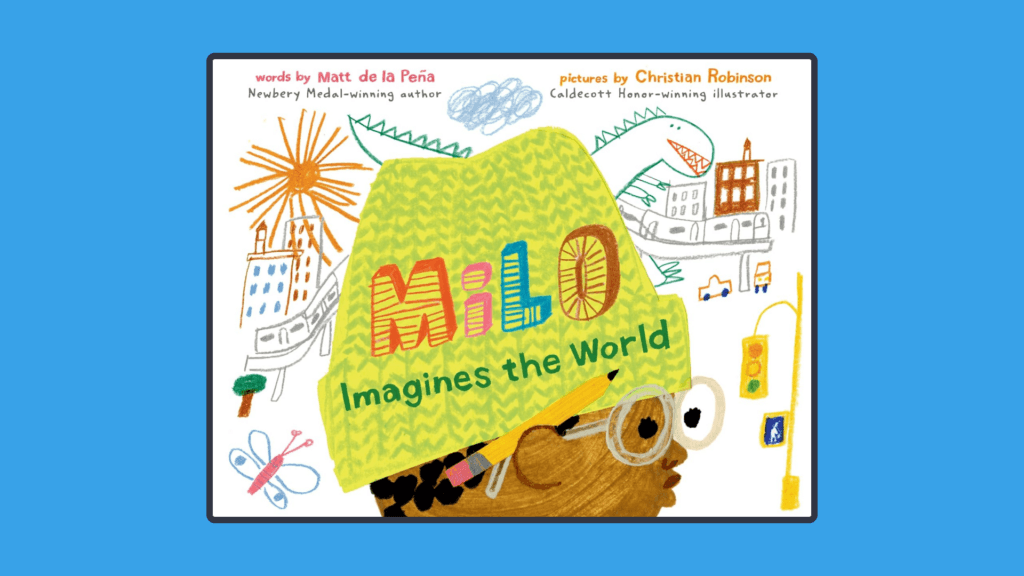
2) Empathy: Milo Imagines the World by Matt De La Peña
In this beautiful picture book written by Matt De La Peña and illustrated by Christian Robinson, Milo is on his way to a very important adventure. Milo is riding the subway with his sister and notices his sister is distracted by her phone on the ride. Milo decides to draw different people he sees on the train.
Milo uses his imagination and creativity to make assumptions about the different people who he is riding the train with. He assumes another little boy with nice new shoes lives in a large mansion with a waiter. He assumes a bride is about to be swept up by her loving groom.
Eventually, Milo and his sister arrive at the jail where they are to visit their mother. The young boy with nice shoes also arrives at the jail with Milo. Milo had imagined a story that was not reality. He learns that everyone has their own unique story that is a bit more complex than it appears on the surface.
As each page of this book goes on, students notice the elaborate stories Milo is creating for each of the new people he meets. Learning about empathy and what it means after the story can be a great conversation in how students can be better at empathizing with others as well!
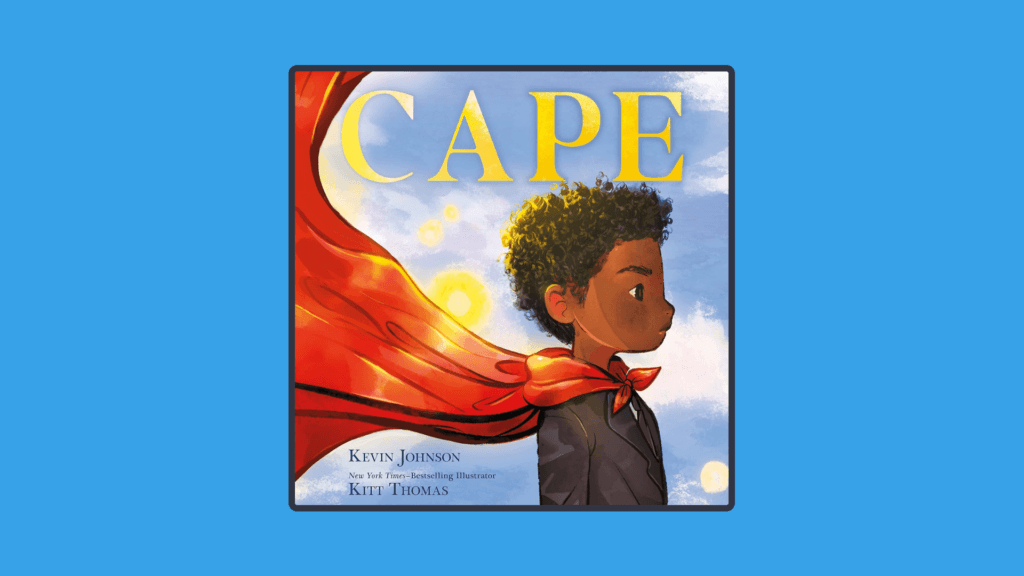
3) Courage: Cape by Kevin Johnson
Cape by Kevin Johnson displays a beautiful story about a boy dealing with grief. Through this story, students can find a deeper understanding of what it means to have courage even when things are difficult.
The little boy in this story is dealing with the loss of his father. In the beginning, he is getting ready to attend his father’s funeral and puts on a new suit. He puts on his cape as shown in a beautiful illustration. The boy tells himself he doesn’t want to remember the memories of his father because it is too painful.
At first, he uses the cape to block the memories and emotions associated with his dad. When the boy puts on his cape he feels like he is able to handle the events and his emotions. His cape reminds him of the sweet memories he had with his dad.
Students can identify the courage the boy shows and how the cape symbolizes courage throughout the story. This character trait is one students can connect to in their own lives and discuss moments they feel they might need a cape of courage.
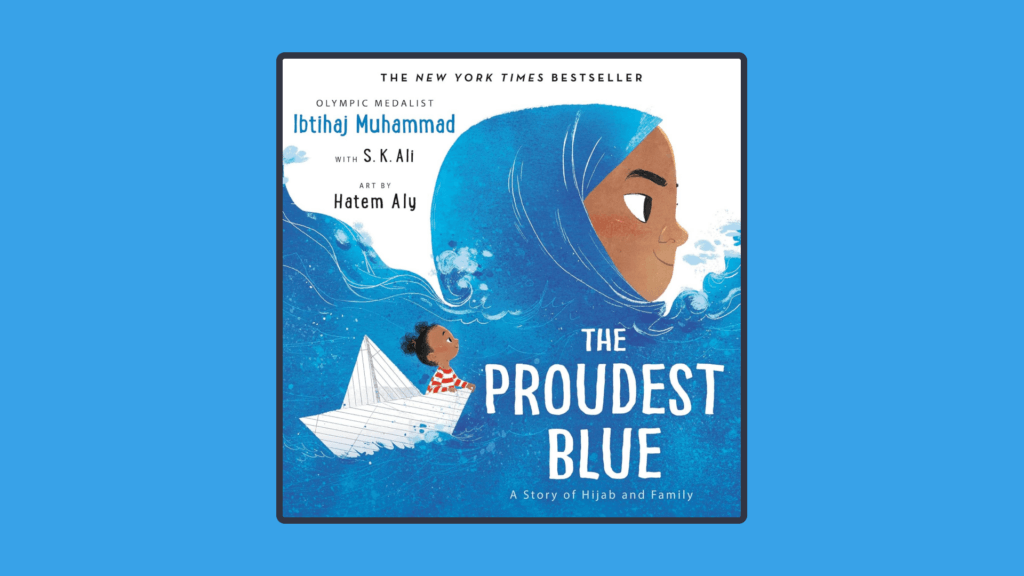
4) Confidence: The Proudest Blue by Ibtihaj Muhammad
The Proudest Blue tells the story of two sisters. The older sister is about to go to school on her first day of wearing a hijab. In the sisters’ religion, this day is a very special and important day and the younger sister cannot wait to see what her big sister looks like wearing a hijab.
During the school day, the older sister is made fun of by students in the school including in the younger sister’s classroom. The younger sister gets angry about the way that kids are treating her sister. She tries to explain why it is such an important time in the older sister’s life, but people don’t understand.
At the end of the school day, the younger sister approaches her older sister ready to encourage her about her headscarf. The older sister stands strong and proud and is not fazed by the comments made by the kids at school.
Students will learn and read a unique display of confidence in this story. Students can discuss how the older sister shows confidence and what the younger sister does and says when she does not have as much confidence.
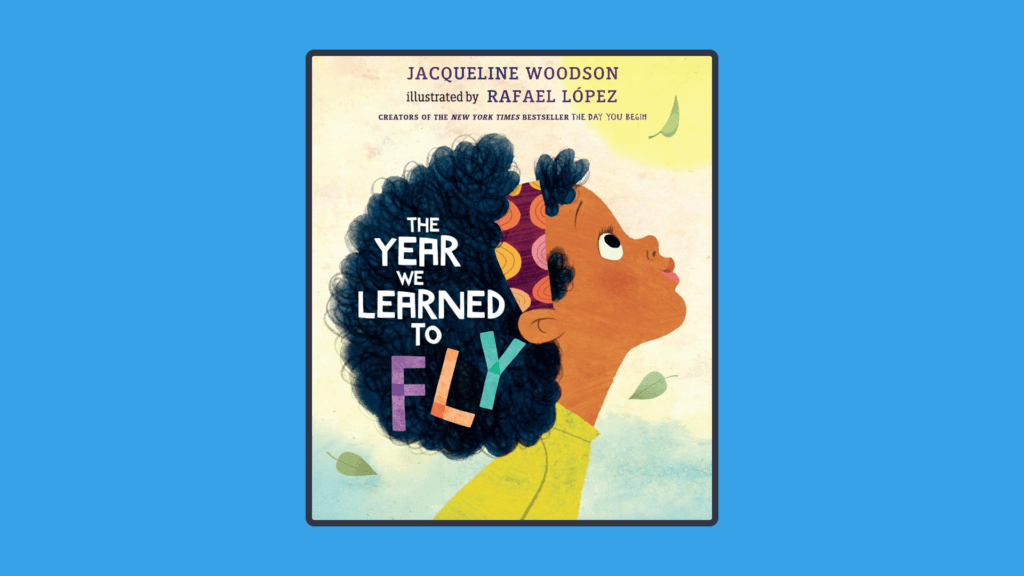
5) Imagination: The Year We Learned to Fly by Jacqueline Woodson
The Year We Learned to Fly centers around a brother and sister living in an apartment in New York City. The siblings are fighting with each other during the summer because they are feeling bored with nothing to do.
Their grandmother reminds them of the people who ‘flew’ before them making something out of nothing. She tells them the history of their people and how they were enslaved and did not have a lot of freedoms, however, no one could ever capture their minds or creativity.
The kids learn to rely on their imagination and creativity and teach the other kids in their neighborhood how to do the same. This book teaches students about creativity and imagination and what it looks like in the characters in this story.
The illustrations complement this idea with bold and beautiful colors as the kids start to imagine and use their creativity. As students are reading this text, teachers can point out the changes in illustrations and discuss the parallels between the creative discovery of the kids.

6) Bravery: Jabari Jumps by Gaia Cornwall
In Jabari Jumps, a boy and his dad are going to the pool during the summertime. Jabari arrives at the pool and realizes the diving board is a lot higher and the ladder is a lot longer than he remembered. Still, Jabari is excited to try the diving board.
As Jabari prepares to jump, he watches other kids walk past him and jump into the pool. He tells his dad tomorrow might be a better day for jumping. His dad encourages Jabari and says, “sometimes if I feel a little scared, I take a deep breath and tell myself I am ready. Sometimes it stops feeling scary and feels a little bit more like a surprise”.
Jabari listens to his dad and learns about being brave and facing his fears. Students will notice what it took for Jabari to face his fears and can identify his bravery.
After reading this book, teachers can discuss with students moments in their own lives where they have shown bravery or were scared to do something and were able to face their fears. As an extension, students can write their own version of Jabari Jumps and the story of a time they were afraid to do something and faced their fears anyway.
Why should we use children’s books in our classrooms?
Through vivid illustrations and powerful stories, the world of literature allows children to step inside the shoes of another character and see life through a different perspective. Character traits are important pieces of social-emotional learning and provide students with a road map of what it means to be a good citizen of the world. They also are an important piece of literacy instruction beginning in early elementary school and continuing through secondary learning.
Books provide windows into diverse worlds, allowing children to explore and understand different experiences, cultures, and perspectives. These windows can become sliding glass doors through which children can step, immersing themselves in the lives and adventures crafted by authors. Books can also act as mirrors, reflecting the readers’ own experiences and emotions, validating their feelings and helping them see their place in the world.
Utilizing picture books as mentor texts in writing or crafting a character to develop or show a certain character trait is a great strategy for the upper elementary classroom and beyond. Our earliest readers can gain distinct social skills while reading and learning character traits from picture books.
Teachers can use these stories as springboards for meaningful conversations about character and values. By encouraging student discussions, teachers can help kids identify their thoughts and feelings about the character traits they identify in the texts they read. Activities such as writing, drawing, role-playing can reinforce these lessons and make the learning experience impactful.
Picture books foster a love for reading and provide access to diverse literature, and don’t forget many of these books are online too. Kids can develop skills like empathy, bravery, and determination by really listening and immersing themselves in the story. Teaching kids these skills and traits at an early age can contribute to a more compassionate world.
Teachers can use these books and more to foster a love of reading and the world in their students. Each story children read has the potential to transform and inspire young children to make a difference in their lives and make a difference in the world.

Victoria Dotson
briefcase iconLiteracy Specialist
Victoria Dotson, an esteemed educator and professor in Chicago, Illinois, leverages her background as a Literacy Specialist to support multilingual learners and mentor preservice teachers. Victoria excels in developing literacy practices, promoting diverse literacy experiences in the classroom, and developing restorative curriculum.
Other posts
Want more content like this?
Subscribe for blog updates, monthly video releases, trending topics, and exclusive content delivered straight to your inbox.

















